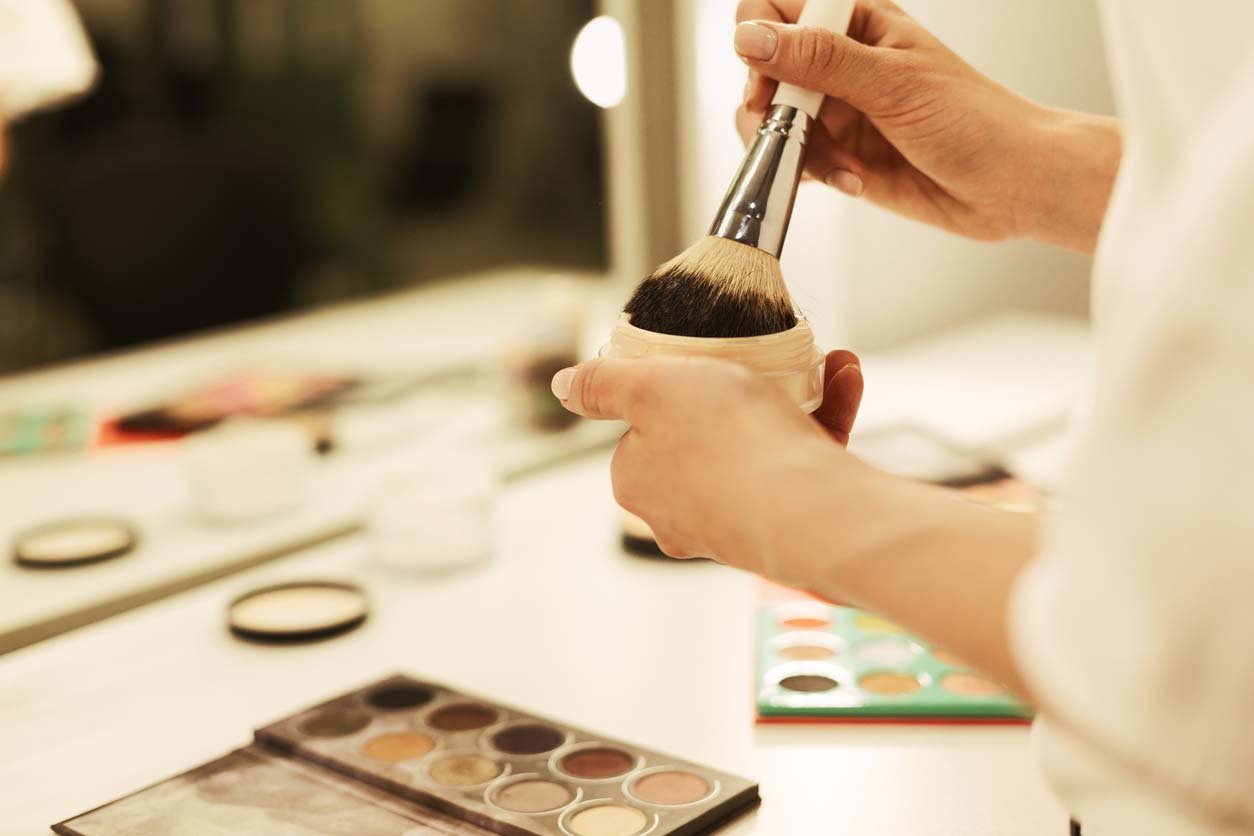Microneedling
What is Microneedling? (Dermarolling)
A dermaroller is a medical device that has thousands of micro-needle columns attached to a rolling mechanism which is used to puncture the skin. This stimulates collagen production to reduce the appearance of wrinkles. Following the treatment, skin will look visibly rejuvenated and as the skin produces more collagen the appearance of wrinkles and fine lines will fade. Dermarolling also treats acne, stretch marks and minor scarring.
The treatment is mildly painful, as your skin is repeatedly being punctured by microneedles, an anaesthetic cream can be applied beforehand to minimise pain.
What types of Dermaroller are there?
Clinics use a sterile derma roller, usually 20mm wide, with microneedles along the rolling device sized 0.5mm to 1.5mm. It is possible to buy a dermaroller to do the treatment at home. In-house treatments usually offer a more comprehensive treatment, often pairing with other procedures and including solutions with hydraulic acid and other anti-agers for the best effects.
Is Microneedling for you?
Severe skin conditions and skin sensitivity may limit your ability to have the treatment. These are the very few limiting factors for dermarolling.
Overuse of a dermaroller, which has become more popular due to the ability to do it at home can damage the skin. This continual wounding of the skin will have adverse effects and most likely exacerbate any signs of ageing, making the skin stiffer.
Typical cost of Microneedling
The procedure costs around £200, and a course of three treatments is normally recommended for the best effects. Or a dermaroller to use at home is relatively cheap and costs as little as £5.00.
Risks & side effects
The side effects are all temporary and a normal part of the recovery process, most will disappear a few days after treatment.
- Skin redness
- Minor bleeding
- Bruising
- Flaking



